- annual SIGGRAPH course covering the latest developments in physically based shading research and practice
- features presentations on OpenPBR, EON energy-preserving diffuse reflection, spectral rendering in RGB workflows, and neural materials
- additionally covers hair/fur shading models and tone mapping techniques from Gran Turismo 7
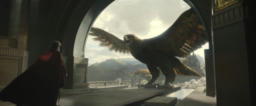
- comprehensive collection of links to SIGGRAPH 2025 content including courses, talks, papers, and emerging technologies
- covers session recordings, technical papers, and innovative demonstrations from the conference

- LunarG’s SIGGRAPH 2025 presentations on Vulkan SDK updates and GFXReconstruct capabilities
- details improvements to validation layers, new tooling features, and ecosystem advancements since 2024
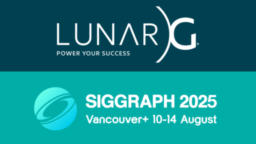
- release of Spark 1.3 with full WebGPU support and introduction of spark.js for browser-based GPU texture compression
- introduces new BC7 RGBA codec and improved quality across all formats
- performance improvements for EAC compression on mobile GPUs and expanded platform support including older OpenGL versions
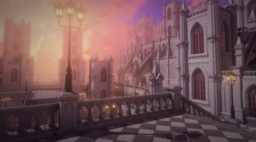
- Explains descriptors, buffer types, and texture units in practical terms
- Walks through cache behavior (write-back/combining, globallycoherent) and latency hiding
- Shares findings from a purpose-built microbenchmark across multiple GPU

- in-depth technical analysis of Anno 1800’s custom rendering pipeline from terrain virtual textures to final output
- explores techniques like GPU-driven rendering, compute-based particle systems, and async wave simulation
- detailed breakdown of the forward rendering approach including depth prepass, shadows, and post-processing stack
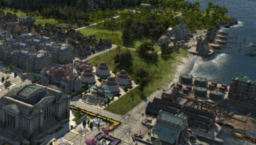
- educational article explaining the relationships between derivatives, gradients, Jacobian matrices, and Hessian matrices
- demonstrates practical applications in optimization, machine learning, and computer graphics
- explains how these concepts are used in rendering techniques like gradient descent and SDF antialiasing
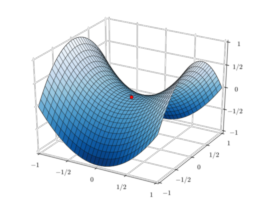
- comprehensive guide to setting up realistic lighting and environments in Godot 4
- covers WorldEnvironment setup, physical sky materials, HDR tone mapping, and global illumination techniques
- explains practical aspects of ambient occlusion, bloom, fog, and color grading for achieving high-quality visuals
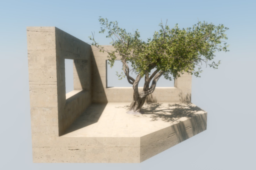
- video tutorial explaining high dynamic range rendering and tone mapping implementation in OpenGL
- covers the theory behind HDR color spaces and why traditional 0-1 RGB values are insufficient for realistic lighting
- demonstrates practical implementation of tone mapping operators to convert HDR to displayable LDR formats
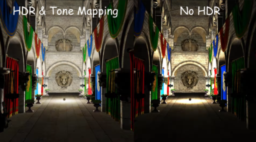
- video demonstrating ray tracing implementation for glass materials and dispersion effects to create rainbows
- explores the physics of light refraction and how to simulate wavelength-dependent refractive indices
- presents visual explanations of the pheonmenos and how to implement them
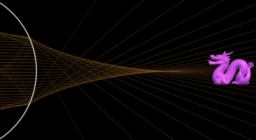
Thanks to Aras Pranckevičius for support of this series.
Would you like to see your name here too? Become a Patreon of this series.